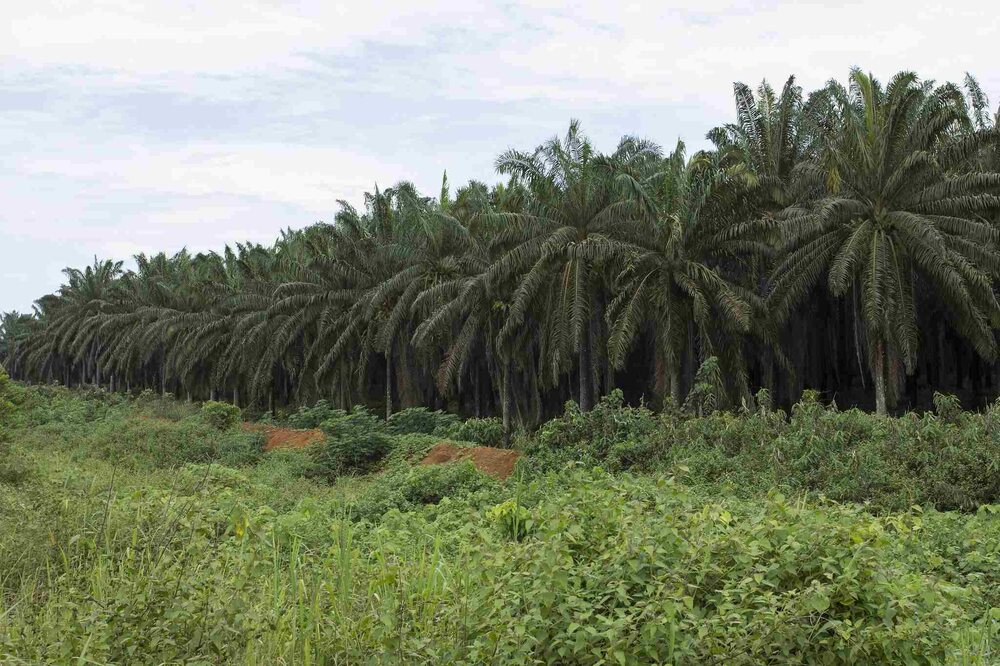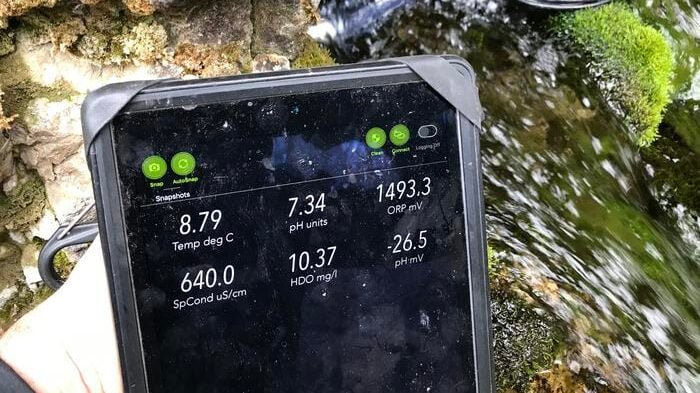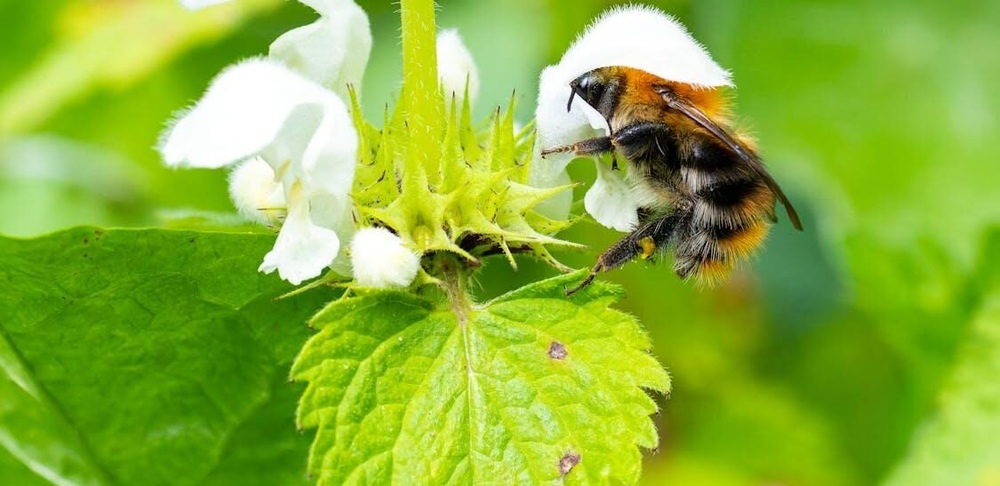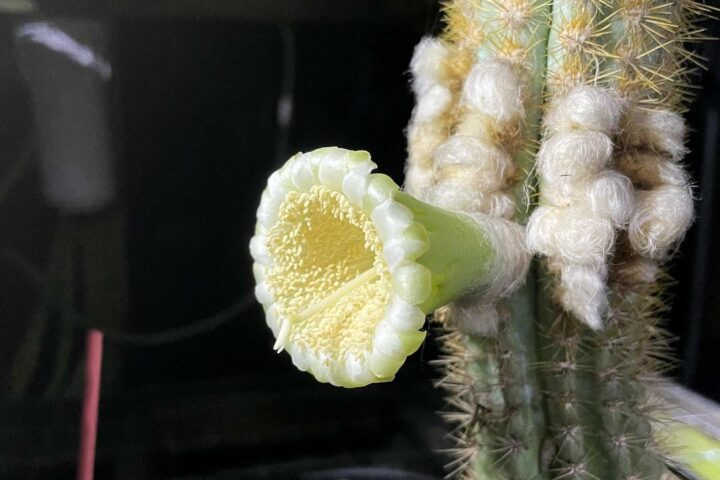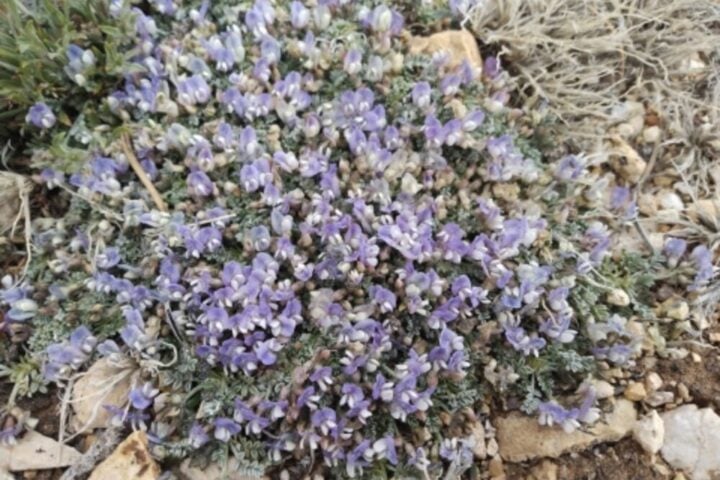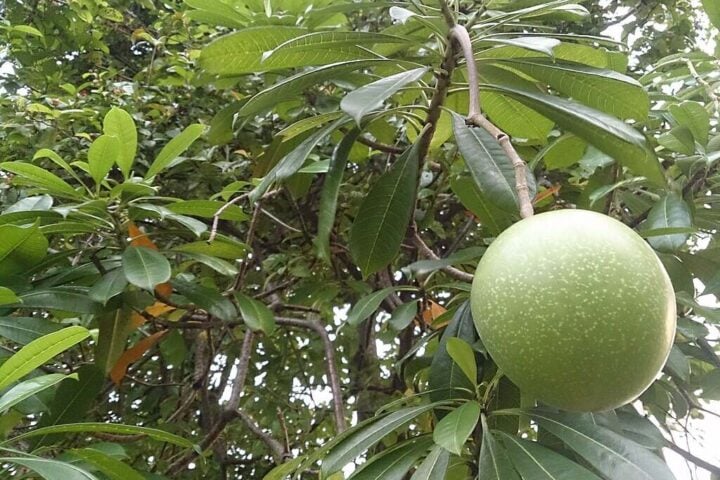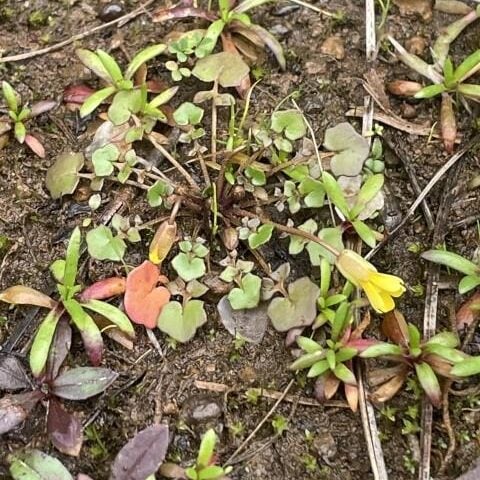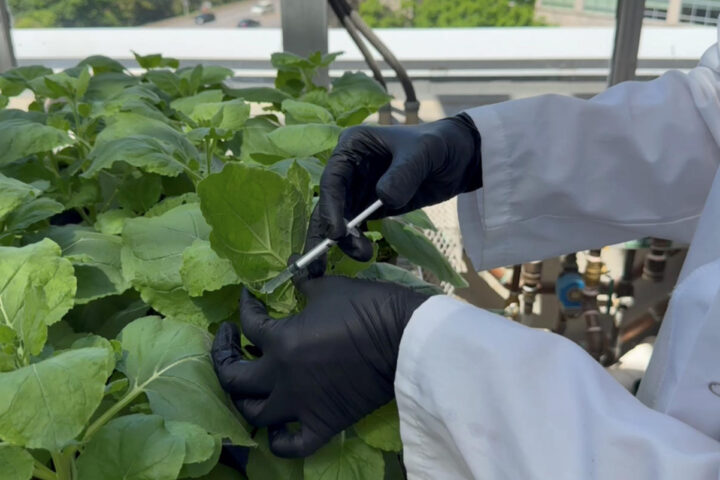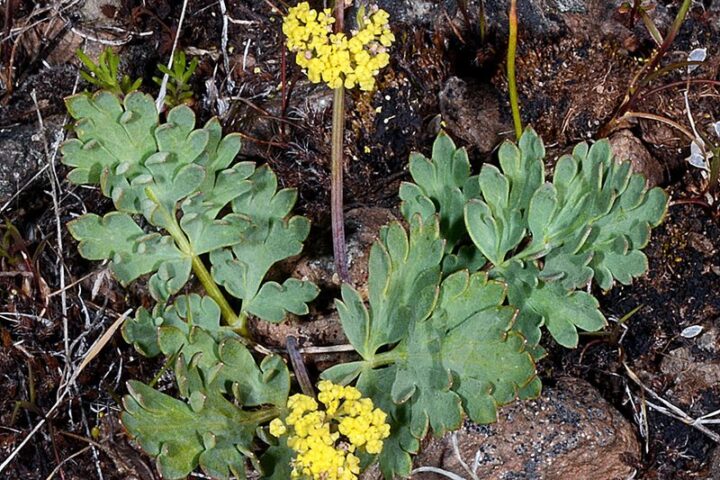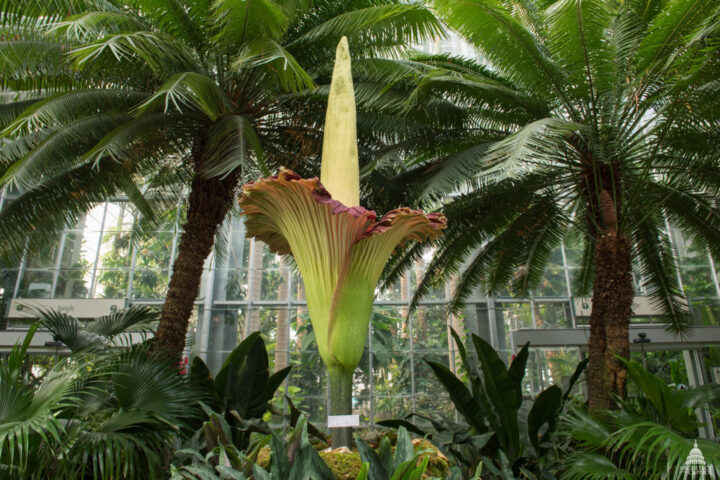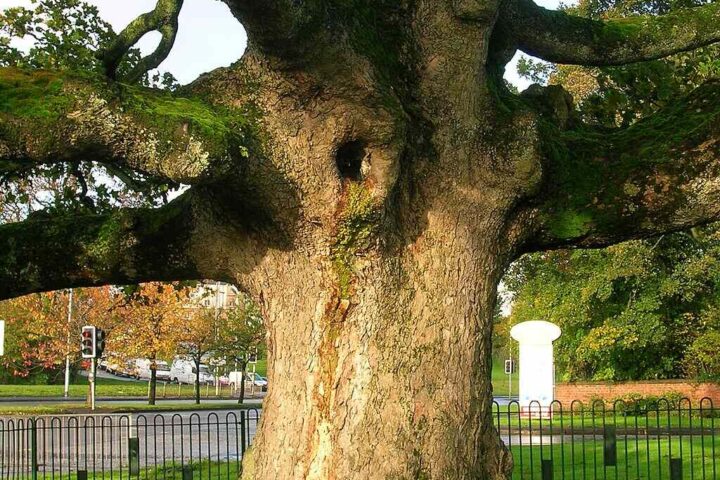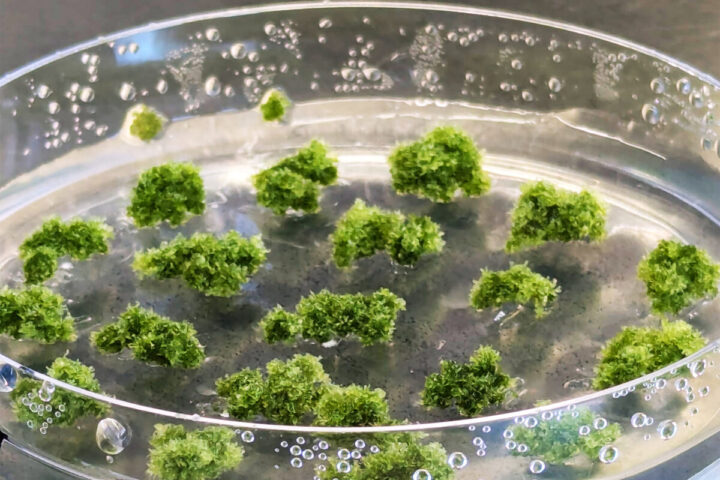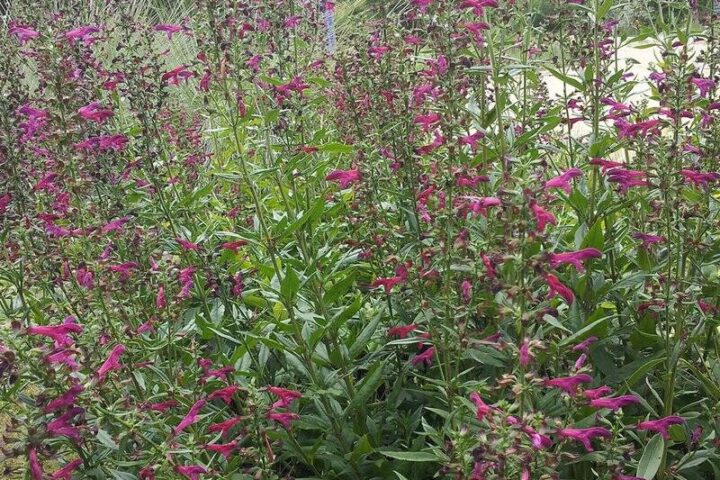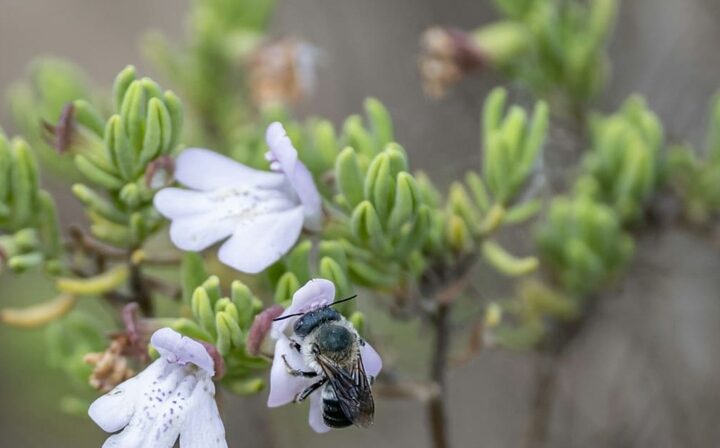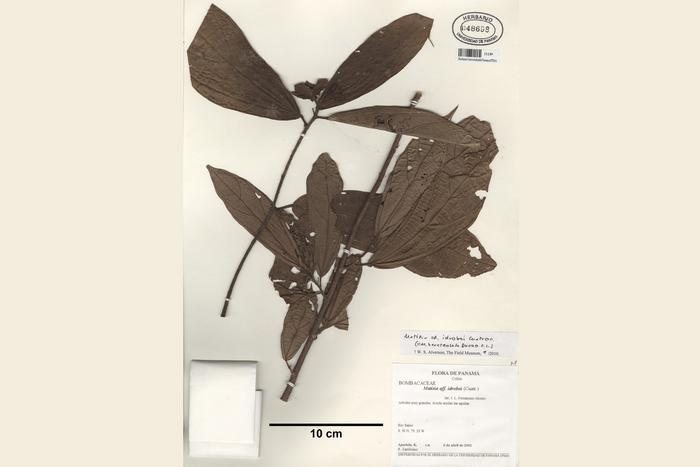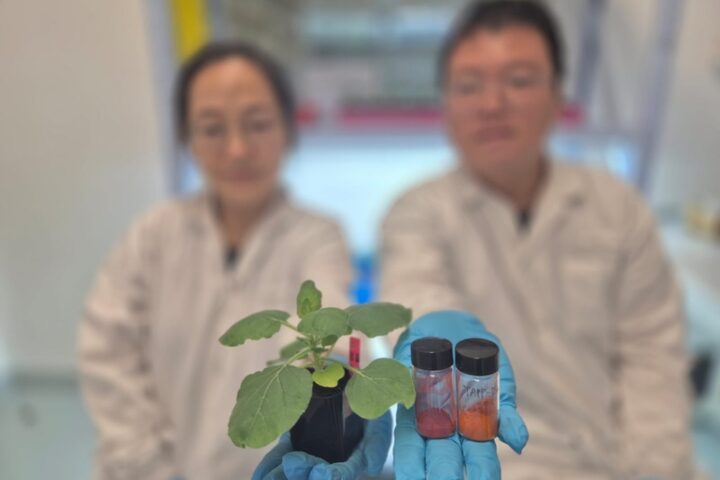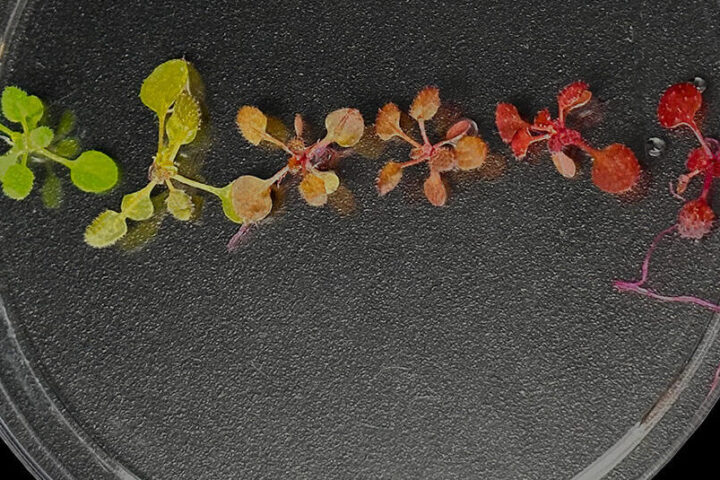Southeast Asia’s tropical forests face mounting pressure from palm oil expansion. A groundbreaking six-year experiment in Sumatra reveals how strategic tree islands within oil palm plantations can foster native biodiversity recovery, according to research published in Science.
The Experiment
The research team, led by Göttingen University in collaboration with IPB University, Bogor and Jambi University, established 52 experimental tree islands within a conventional oil palm plantation. These islands varied in size and tree diversity, testing different approaches to ecological restoration.
“An important finding to inform plantation management is that larger islands of trees, particularly those over 400 m², are essential for endemic and forest tree species that struggle to find suitable habitats within conventional oil palm plantations,” says Dr. Gustavo Paterno, lead author and postdoctoral researcher at Göttingen University.
Natural Regeneration Success
Within six years, the tree islands displayed remarkable recovery:
- Native trees reached heights exceeding 15 meters
- Many species began fruiting
- Only 10% of regenerating species were non-native
- Endemic Sundaland species successfully colonized the islands
The restoration approach marks a departure from standard plantation practices, which typically suppress undergrowth through intensive herbicide and fertilizer use.
Size Matters in Restoration
Professor Holger Kreft, Head of Göttingen University’s Biodiversity, Macroecology and Biogeography research group, notes: “The more tree species you begin with, the more functionally diverse the restored ecosystem will become over time.”
More Stories:
Key findings on island size:
- Islands larger than 400 m² proved most effective
- Larger areas correlate with increased species diversity
- Bigger islands better support endemic species
Ecosystem Services and Economic Implications
The tree islands provide multiple benefits:
- Enhanced seed dispersal through wind and birds
- Improved functional diversity
- Greater climate change resilience
- Potential reduction in chemical inputs
- Natural pest control opportunities
Limitations and Future Directions
Despite promising results, restored areas show substantially lower biodiversity than undisturbed forests. This underscores two critical points:
- The irreplaceable value of primary forest conservation
- The need for continued restoration research and implementation
Industry Context and Sustainability Standards
The findings align with evolving sustainability requirements:
- RSPO (Roundtable on Sustainable Palm Oil) certification criteria
- NDPE (No Deforestation, No Peat, No Exploitation) policies
- Global forest restoration commitments
Technical Specifications
Research parameters:
- Location: Sumatra, Indonesia
- Duration: 6 years
- Sample size: 52 tree islands
- Key metric: 400 m² minimum effective size
- Funded by: German Research Foundation (DFG) through EFForTS
Environmental Impact Assessment
Current plantation practices:
- Heavy herbicide use
- Intensive fertilizer application
- Limited biodiversity support
- Minimal native species presence
Tree island advantages:
- Natural regeneration promotion
- Endemic species support
- Reduced chemical dependency
- Enhanced ecosystem resilience
The research demonstrates practical steps toward balancing palm oil production with biodiversity conservation. While tree islands cannot replace natural forests, they offer a viable strategy for improving ecological outcomes in existing plantations.
Original publication: Gustavo Brant Paterno et al. Diverse and larger tree islands promote native tree diversity in oil palm landscapes. Science, 2024. DOI: 10.1126/science.ado1629
